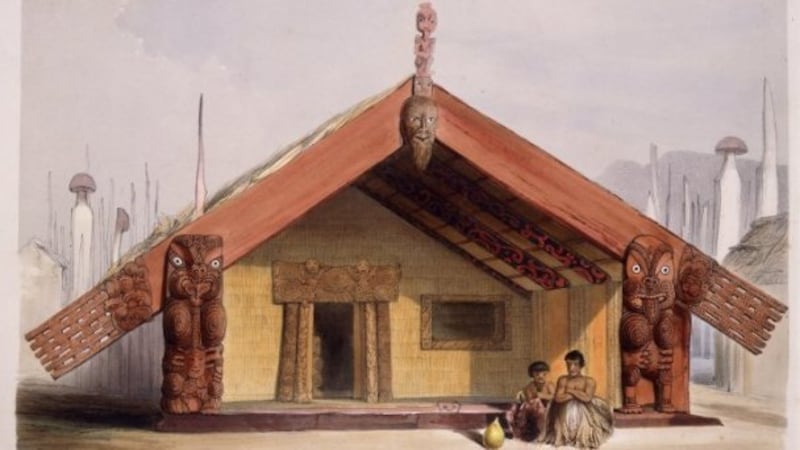A new book on whare whakairo by pākehā art historian and curator Damian Skinner hits the shelves this week.
Complete with more than 100 historical and contemporary photographs and original watercolour illustrations, "The Māori Meeting House: Introducing the Whare Whakairo", is a guide to the history and meaning of whare whakairo.
Author Damian Skinner says the book also explores the complex history of Māori and pākehā interactions.
“The whare whakairo reflects history. You can see the impact of the missionaries on their art and architecture; the social protests of Te Kooti; the growth in availability of European made tools, and the movement of Māori into cities after World War II.
“It can be tricky territory being a Pākehā scholar looking at Māori art, because curiosity starts to look like a claim to possession and ownership,” Skinner says.
“In the book I’m asking what it means for art history to take taonga Māori seriously. I’d argue that it is art historians, as well as pākehā who have to ask some searching questions about what they do, and how they do it, if we are to really meet the expectations of Māori in twenty first century Aotearoa,” he says.
“The history of the whare whakairo is not innocent,” says Skinner. “It’s a story of loss and grief.”
“History is told through the whare whakairo. They are a Māori form of architecture and art, but reflect both Māori and Pākehā relations over the past two centuries.”

